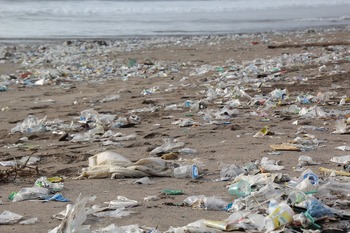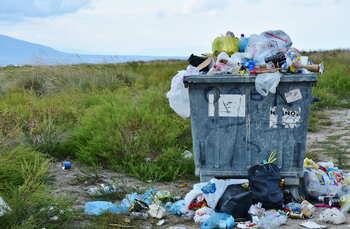
Efficient Construction Waste Disposal: A Key to Sustainable Development
In the realm of construction, the phrase “reduce, reuse, recycle” has evolved from a catchy slogan to a guiding principle. Construction projects generate vast amounts of waste, and how this waste is managed can have a significant impact on the environment, public health, and the overall sustainability of the industry. Proper construction waste disposal is not just about getting rid of debris; it’s about adopting a mindset of sustainability and responsibility. This article explores the challenges of construction waste disposal and offers solutions to promote a more sustainable approach.
The Scale of the Issue
Construction and demolition (C&D) waste make up a significant portion of the global waste stream. According to the United States Environmental Protection Agency (EPA), C&D waste accounts for about 25% to 30% of all waste generated in the United States. In Australia, the construction and demolition sector is one of the largest contributors to waste generation, accounting for approximately 40% of all waste produced.

Challenges in Construction Waste Disposal
Several challenges make the disposal of construction waste a complex issue. One major challenge is the sheer volume of waste generated by construction activities. This waste includes materials such as concrete, wood, metals, glass, plastics, and more. Managing this diverse range of materials requires careful planning and coordination.
Another challenge is the presence of hazardous materials in construction waste. These materials, such as asbestos, lead-based paint, and certain chemicals, can pose serious health and environmental risks if not handled properly. Proper identification and disposal of hazardous materials are crucial to prevent contamination and protect public health.
The Environmental Impact
Improper disposal of construction waste can have a range of negative environmental impacts. Landfilling construction waste can take up valuable space and contribute to soil, air, and water pollution. Burning waste releases harmful toxins into the atmosphere, further exacerbating air pollution and climate change.
Sustainable Solutions
To address the challenges of construction waste disposal, industry stakeholders are increasingly turning to sustainable solutions. One such solution is the concept of the circular economy, which aims to minimize waste and maximize the value of resources through recycling, reuse, and repurposing.
Recycling and Reuse
Recycling and reusing materials are key strategies for reducing the environmental impact of construction waste. Concrete, for example, can be crushed and used as aggregate for new construction projects. Similarly, wood waste can be chipped and used for mulch or biomass energy production.
Waste Management Plans
Developing a comprehensive waste management plan is essential for effective construction waste disposal. This plan should outline strategies for waste reduction, recycling, and proper disposal of hazardous materials. It should also include provisions for monitoring and reporting on waste management practices.
Collaboration and Education
Building a culture of sustainability requires collaboration among all stakeholders in the construction industry, including designers, contractors, developers, and government agencies. Education and training programs can help raise awareness about the importance of sustainable waste management practices and provide guidance on how to implement them effectively.
Conclusion
Proper construction waste disposal is not just a regulatory requirement; it is a moral and environmental imperative. By adopting sustainable waste management practices, the construction industry can reduce its environmental footprint, conserve valuable resources, and contribute to a more sustainable future. It’s time for the industry to embrace the mantra of “reduce, reuse, recycle” and pave the way for a cleaner, greener tomorrow.
